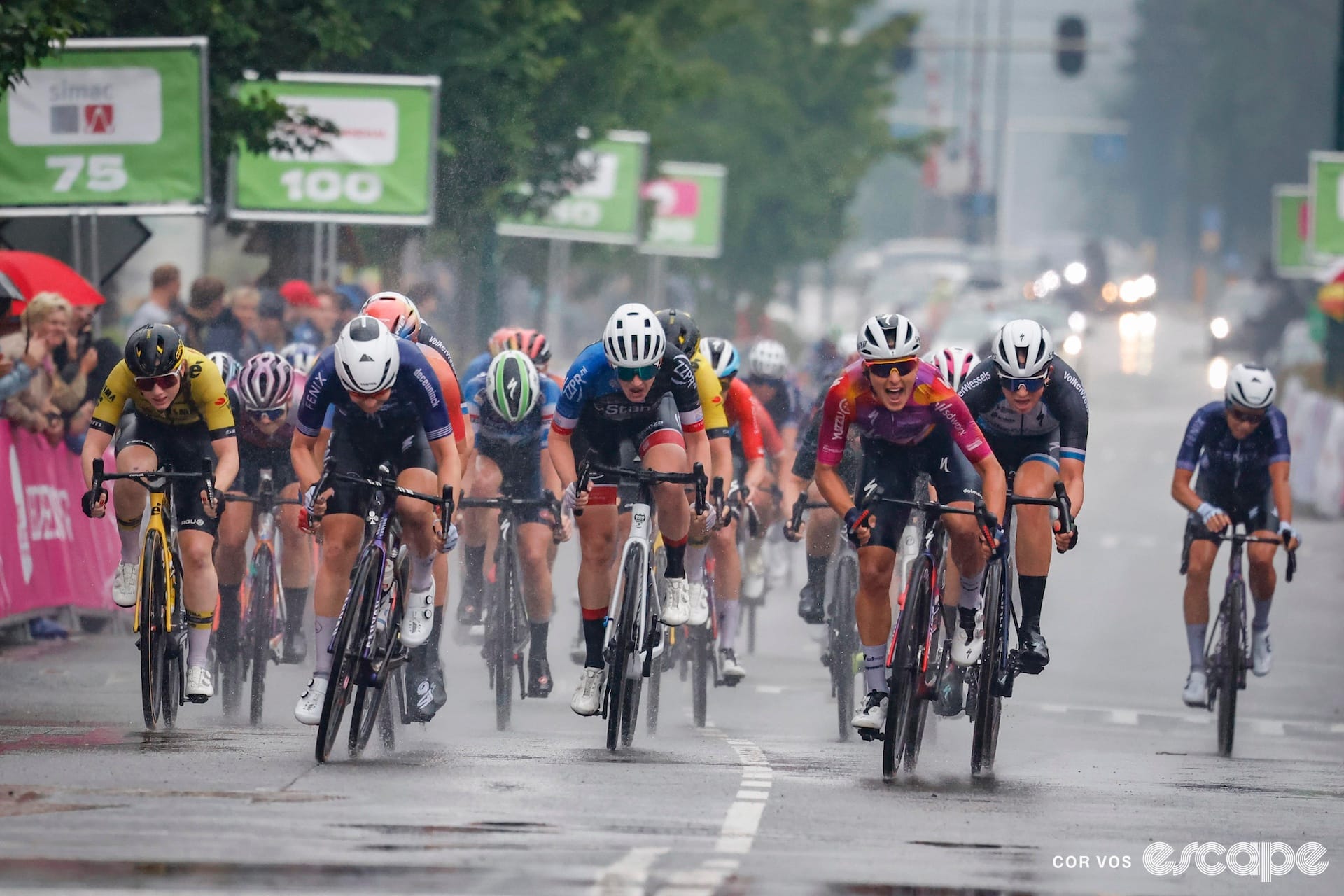"Rage - Goddess, sing the rage of Peleus’ son Achilles."
Homer’s Iliad was supposedly written in circa 800 BCE. It was an epic. That stark opening imperative is to the ancient Muses to regale the audience with the tale of great Achilles. We’re commanded to bear witness to the greatest heroic feats ever told, as heroes clash. Many know they fight to their deaths, that they will never leave the shores of Troy. Yet, they risk it all for glory.
Our modern day athletes are less likely, statistically speaking, to be impaled by a javelin thrown from horseback. However, I would challenge the reader to separate the story arc of an ancient hero and a professional athlete. Are they not cut from the same cloth? In the pursuit of glory, there is inherent risk.
Within the women’s peloton that risk is physical, financial, physiological, and the risk of fading into obscurity.
At the risk of repeating myself, women’s cycling is building its own brand of racing. Dynamic races, unpredictability, drama, glory. There is rarely a formula for races. A sprint day on paper? Perhaps ... A day for the favourite? They have to beat their own teammates, first. As viewers, we can now turn on the TV and not know how the race will unfold.
So, here is my hypothesis: Much of that excitement comes from the risks taken by the riders. And without that risk, what would women’s cycling become? Is it better they embrace the hubris of heroes, fighting for glory, than conform to a formula set by decades of men's cycling? Perhaps. After all, audaces fortuna iuvat ("Fortune favours the bold" – Virgil, Aeneid).
Did we do a good job with this story?



